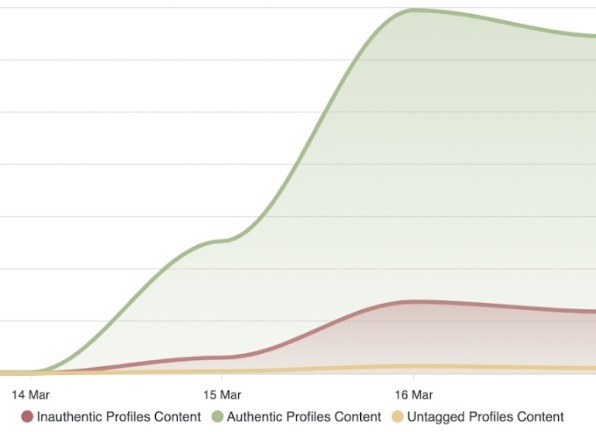Tyson Foods, a giant in the food industry, recently faced a significant wave of criticism and boycott calls. This backlash emerged in response to the company’s decision to lay off 1,200 employees and allegations of plans to replace them with immigrant workers seeking asylum. The situation quickly escalated on social media, fueled by hashtags like #BoycottTyson and #BoycottTysonFoods, prompting a closer look at the reasons behind the controversy and the impact of online discourse.
The initial spark of the boycott stemmed from Tyson Foods’ announcement in mid-March about the closure of a plant in Perry, Iowa, resulting in 1,200 job losses. This closure, the seventh plant shutdown for Tyson this year, was attributed to a decrease in demand for certain products. Compounding the issue were reports suggesting that Tyson Foods was considering hiring immigrants to fill manufacturing roles. This news ignited public debate and accusations that the company was prioritizing cheaper labor over American workers, particularly during a period of economic uncertainty for many.
The online reaction was swift and intense. Social media platforms became battlegrounds for discussions surrounding the boycott. Cyabra, a firm specializing in analyzing online conversations, investigated the discourse around #BoycottTyson and #BoycottTysonFoods across platforms like X (formerly Twitter), Facebook, Instagram, and TikTok. Their analysis of 1,371 profiles on X revealed that a notable 14% were identified as fake accounts, or bots. These bots were particularly active on March 16th, coinciding with the peak of the hashtag’s popularity.
While these fake profiles didn’t dominate the conversation numerically, their impact was substantial. Cyabra estimated that these bot accounts potentially reached 1,134,000 views, significantly amplifying negative messages against Tyson Foods. These messages often revolved around the narrative that Tyson Foods was “taking jobs from Americans and giving them to illegal immigrants” to boost profits by exploiting economic vulnerabilities.
Interestingly, not all bots using #BoycottTyson were directly engaged in promoting the boycott for Tyson Foods specifically. Some accounts were observed using the hashtag for its viral potential, posting unrelated content to increase their visibility and build their online presence. This tactic, while seemingly disconnected from the Tyson Foods issue, still contributed to the overall amplification of the hashtag and potentially broadened the reach of the negative sentiment, as demonstrated by the high view counts on unrelated posts using the hashtag.
The Tyson Foods boycott case highlights the complex challenges businesses face in the digital age. Even if the initial criticism stems from genuine concerns, the rapid amplification through social media, potentially exacerbated by automated accounts, can quickly escalate a situation into a full-blown PR crisis. For companies in the food industry and beyond, understanding the dynamics of online discourse and developing strategies to manage brand reputation in this environment is increasingly critical. The incident serves as a reminder of the powerful role social media plays in shaping public perception and the importance of proactive brand monitoring and response strategies in the face of online criticism.

